Leicester’s Roman inhabitants lived in a wide variety of houses, ranging from rows of small, simple rectangular buildings built along street fronts (with domestic rooms located behind shops or workshops) to larger, elaborate townhouses built around colonnaded courtyards.
- The Romans knew Leicester as Ratae, a Latinised Celtic word meaning ‘ramparts’
- Marcus Ulpius Novantico, a Roman solider from Leicester, fought during the Emperor Trajan’s Dacian Wars (CE 101-106)
- Archaeologists have excavated about 11% of Roman Leicester, making it one of the most extensively investigated cities in the country
The city beneath our feet
Walking through Leicester, it is difficult to imagine today that the city has been continuously occupied for more than 2,000 years, but beneath the streets, 2-3m below the ground, are the buried remains of Roman Leicester.
Before the Romans
Leicester existed long before the Romans arrived, as a settlement of the Late Iron Age people known as the Corieltavi. They lived close to the river Soar, in the area that is today beneath St Nicholas Circle and Bath Lane. Iron Age Leicester was an important settlement which minted its own coins and which had existing trading links with the continent.
The first Roman town
The town was sited at an important river crossing along the Fosse Way, a major Roman road which linked Lincoln to the north-east with Exeter to the south-west. After the Roman conquest of Britain in CE 43, a fort housing a small military garrison was possibly established at Leicester, or Ratae as it was known to the Romans. Roman occupation seems to have first developed as a continuation of the existing Iron Age settlement and the remains of timber buildings and streets of the period have been found on excavations across the city.
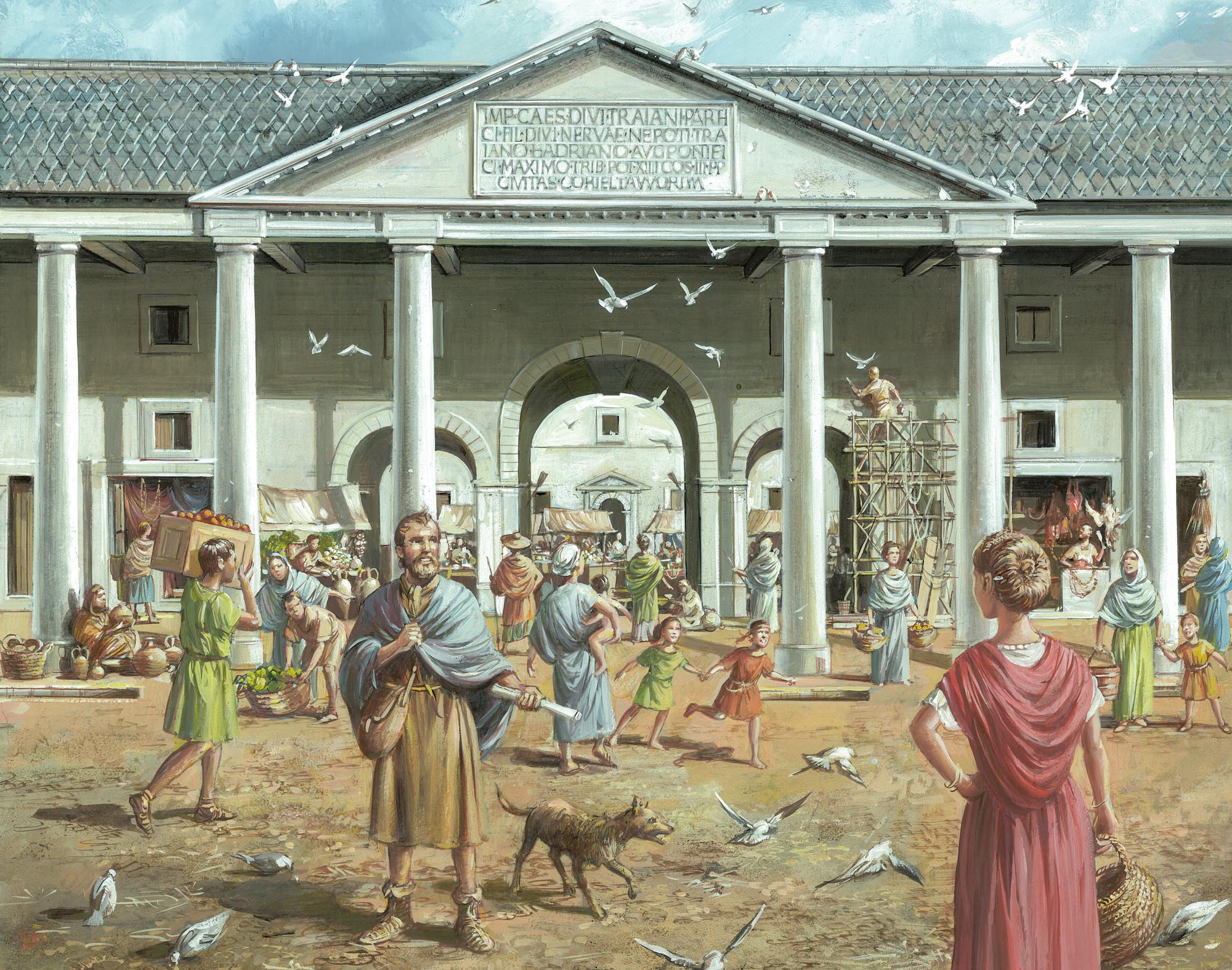
Early Roman Leicester
By the early 2nd century CE the town had been reorganised and a new rectangular street grid, with drainage ditches and cambered gravel roads, was laid out. This probably coincided with Ratae’s appointment as the Civitas (capital) of the Corieltavi people. From this moment new and increasingly sophisticated buildings begin to line the streets and from the middle of the 2nd century major programmes of public and private building were undertaken in the town. Public buildings included the forum and basilica, the Jewry Wall Public Baths, and at least one temple identified as a Mithraeum (dedicated to the Persian god Mithras), whilst private buildings included a variety of domestic, commercial and industrial premises. Life was not just restricted to the town, however, and large suburbs grew up, whilst substantial villas were built in the surrounding countryside.
Pride in its defences
In the late 2nd century or early 3rd century, the town was provided with defences. At first these were simple ditches and earth ramparts with timber palisades but a substantial stone wall was added to the front of the rampart in the late 3rd century. A section of the town defences has been examined on Sanvey Gate where two substantial ditches were found in front of a 3m-wide wall and interval tower. The wall may have been about 4m high and would have been as much a symbol of civic pride as a discouragement to would-be invaders.
The town prospers
By the late 3rd century, commerce was booming and the town had established trading links across Britain and Western Europe. New building programmes saw the construction of a market-hall or macellum north of the forum and other substantial commercial properties. Despite this, the evidence suggests that large areas inside the town remained undeveloped. These open spaces probably served as storage yards, market spaces and kitchen gardens.
The end of Roman Leicester?
What was happening in Leicester in the 4th-century remains uncertain. This is largely because medieval cultivation and quarrying of Roman remains for building material has destroyed the evidence. One theory is that Leicester entered a prolonged period of change from the mid 4th century onward. This is typified by the alteration of the prosperous courtyard house on Vine Street into a row of workshops including a smithy.
Find out about visiting Roman sites in Leicester.
Roman Leicester Walking Trail
Produced in collaboration with the Friends of Jewry Wall Museum these two trails take in a number of Roman related sites in the city centre and further afield. Click here to open the PDF and either view it on a mobile device or print at home.
Gallery
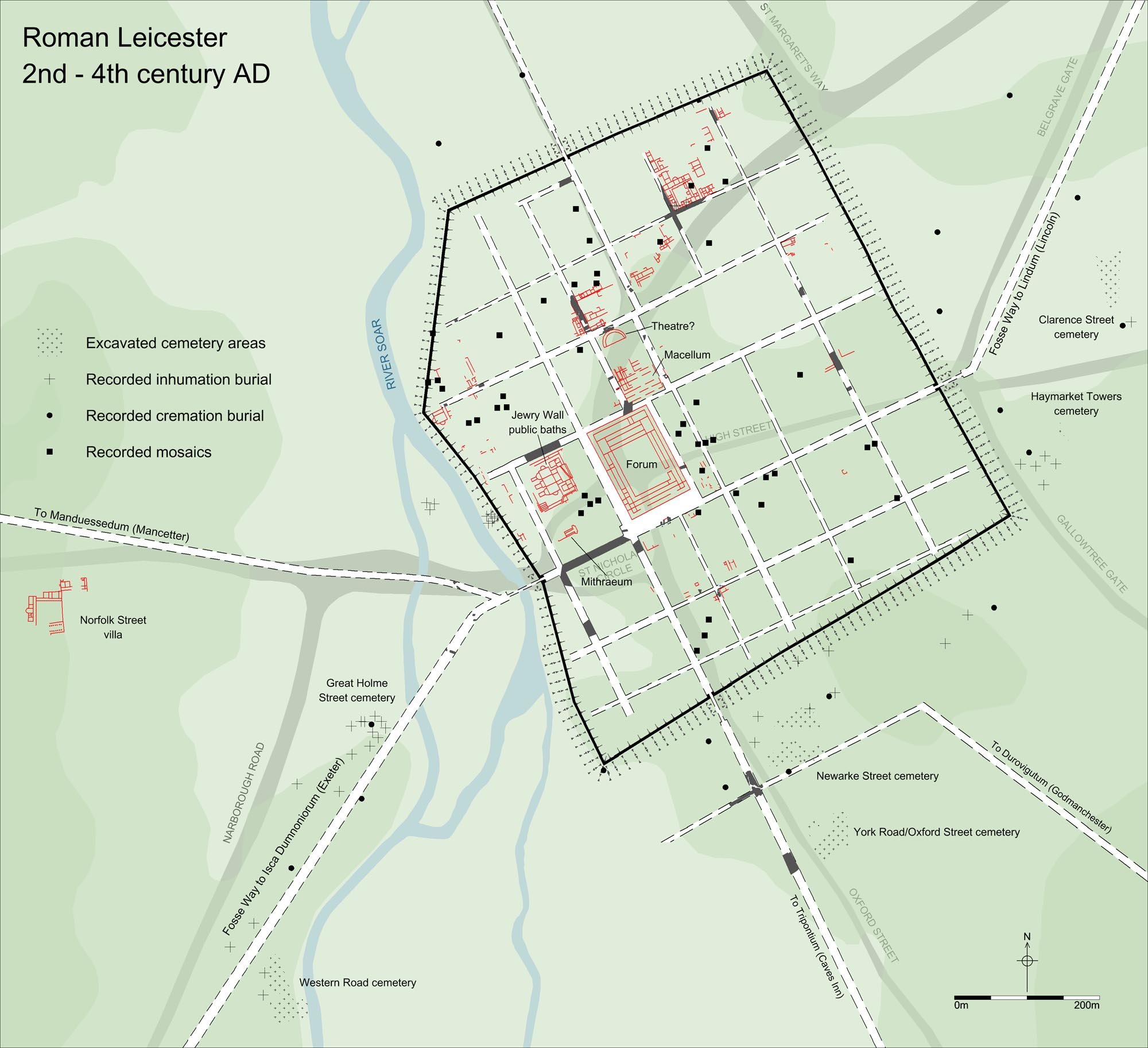
University of Leicester Archaeological Services
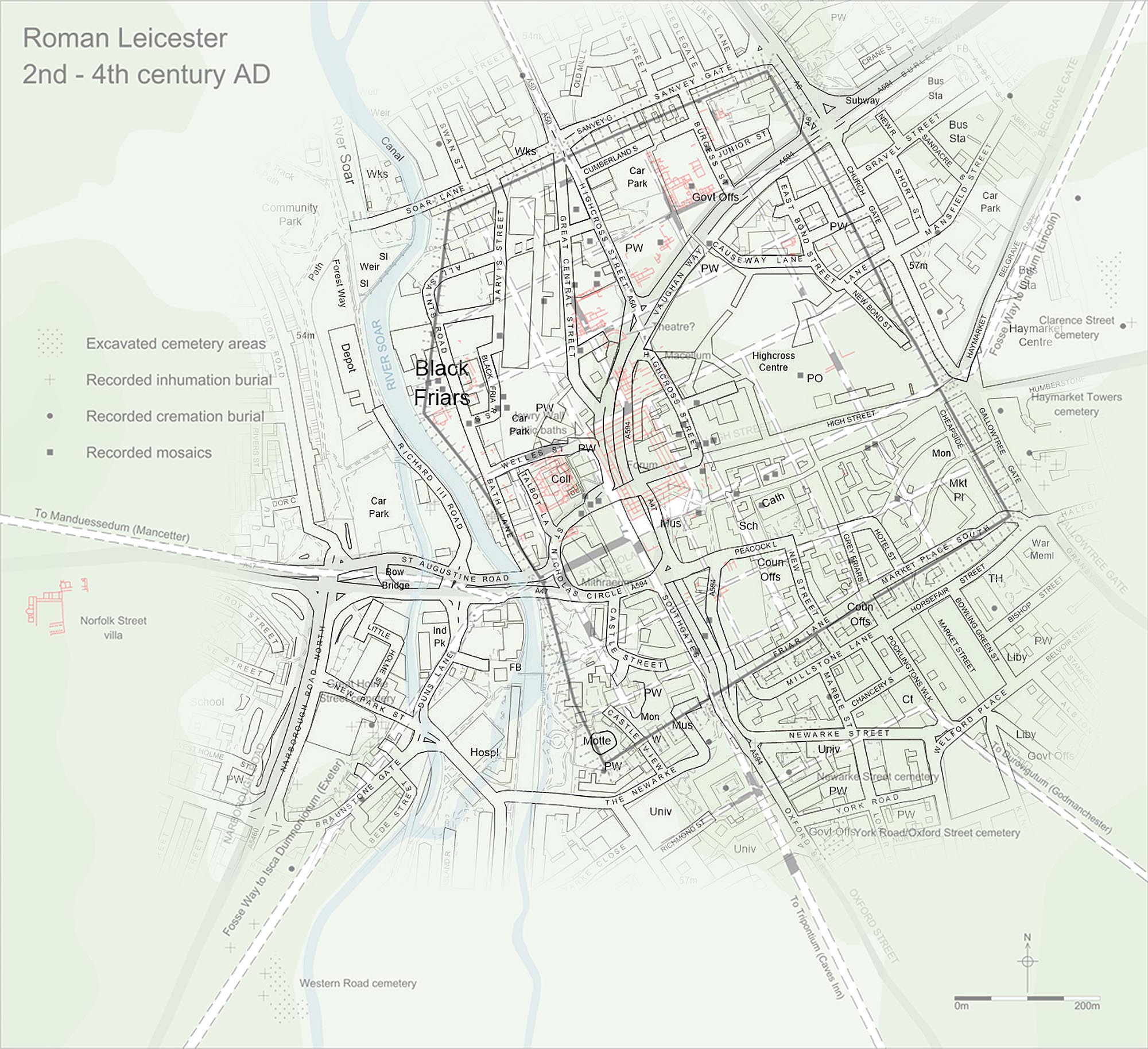
University of Leicester Archaeological Services
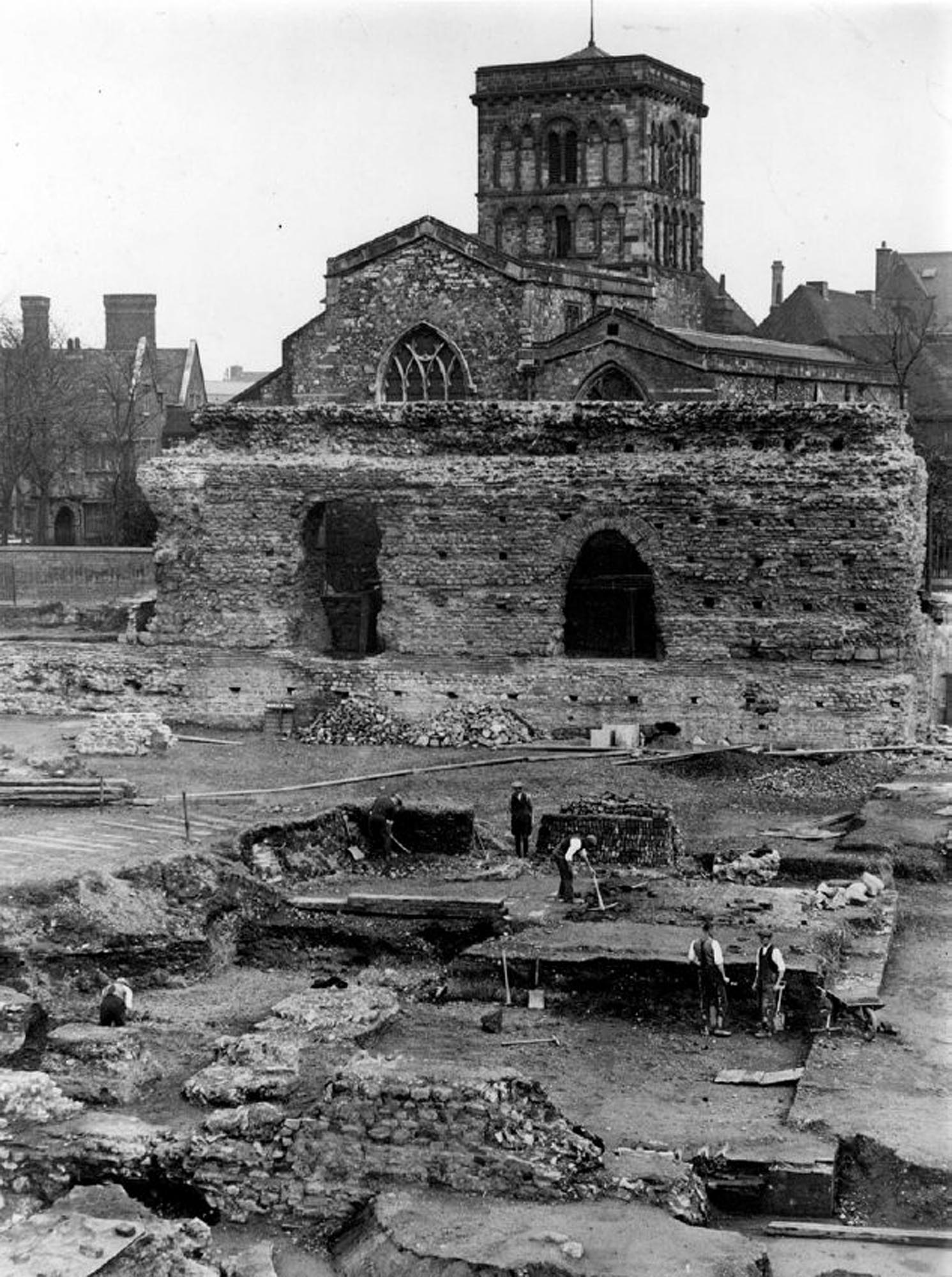
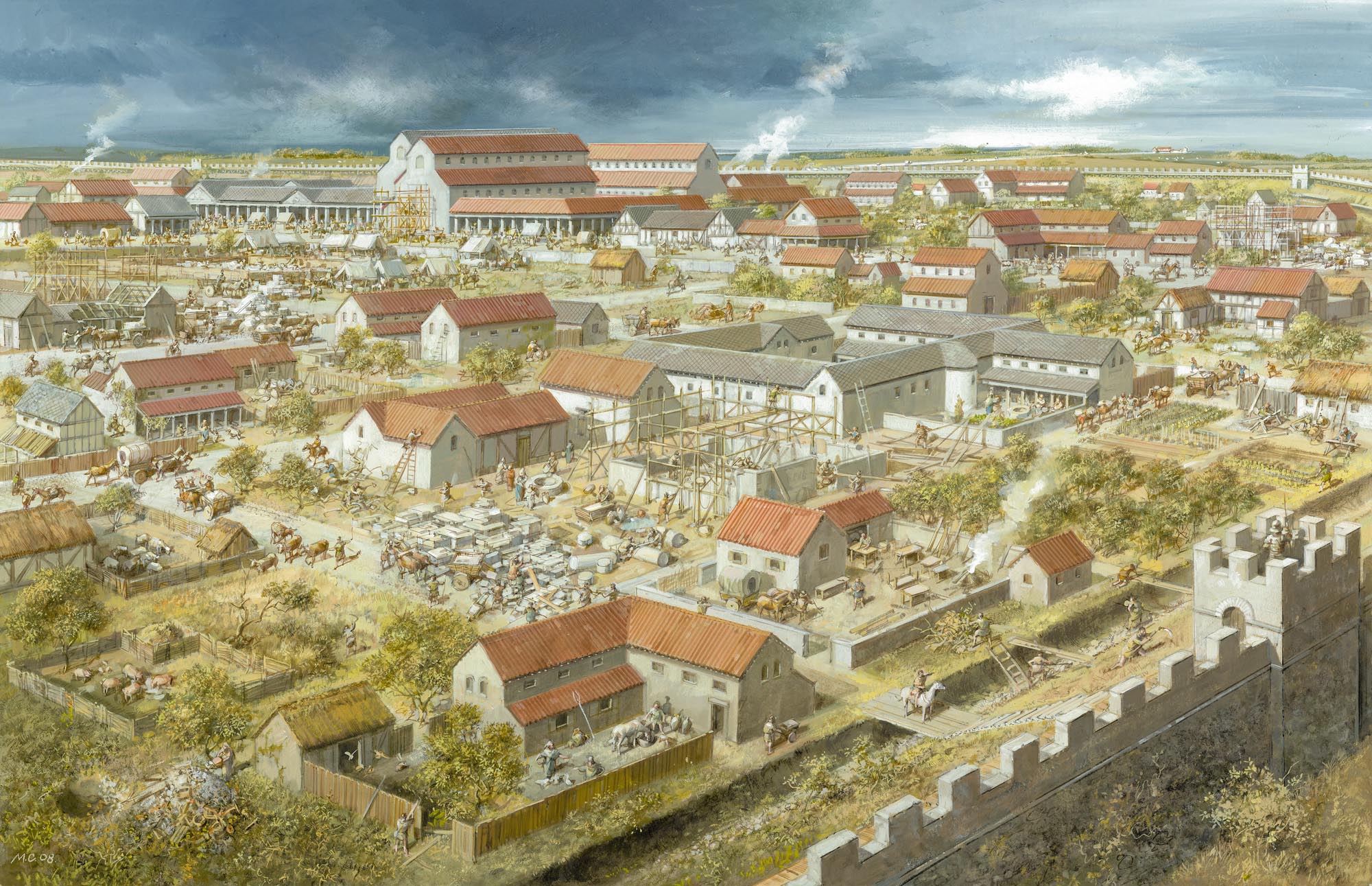
Mike Codd / University of Leicester Archaeological Services
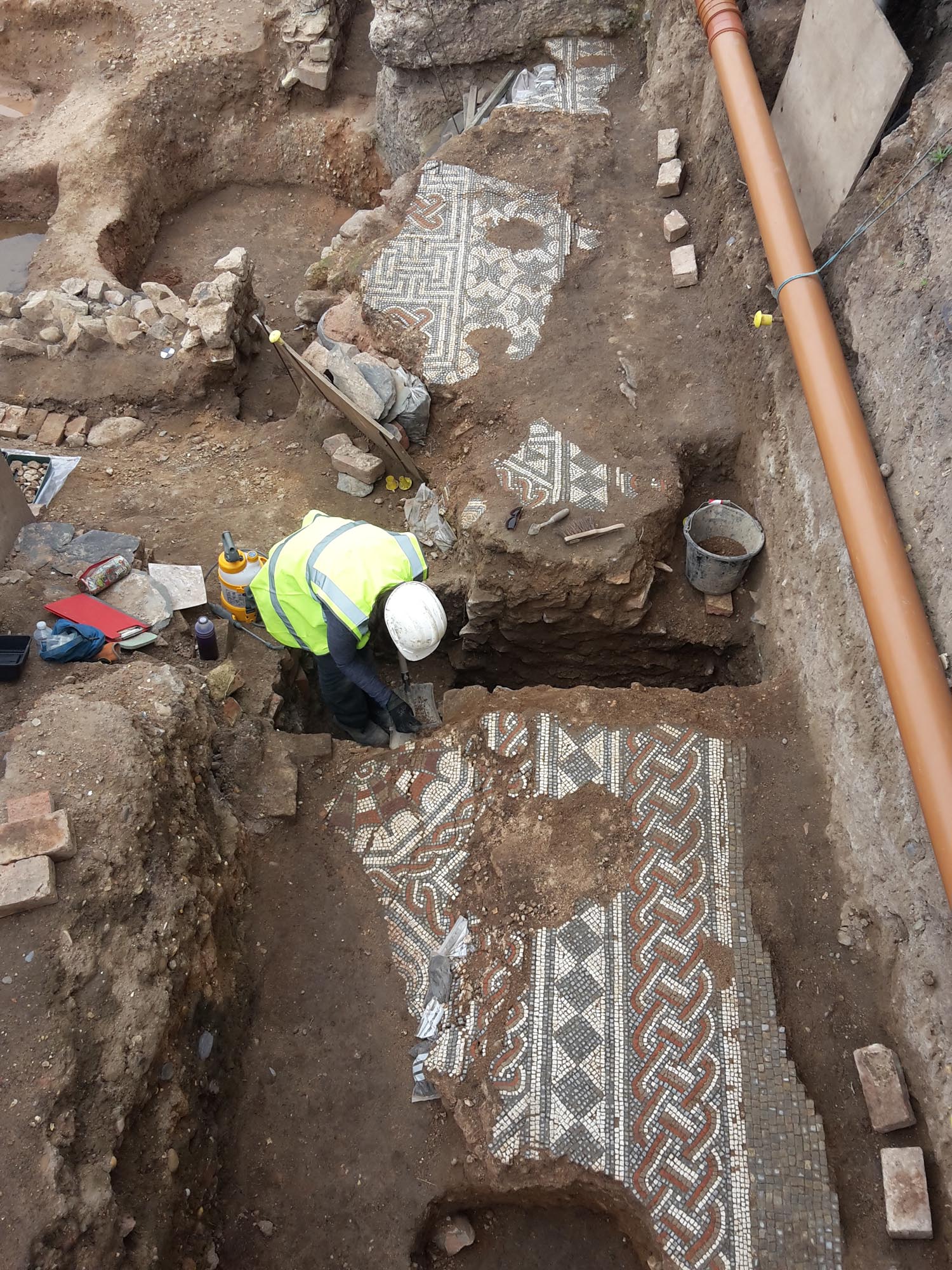
University of Leicester Archaeological Services

University of Leicester Archaeological Services
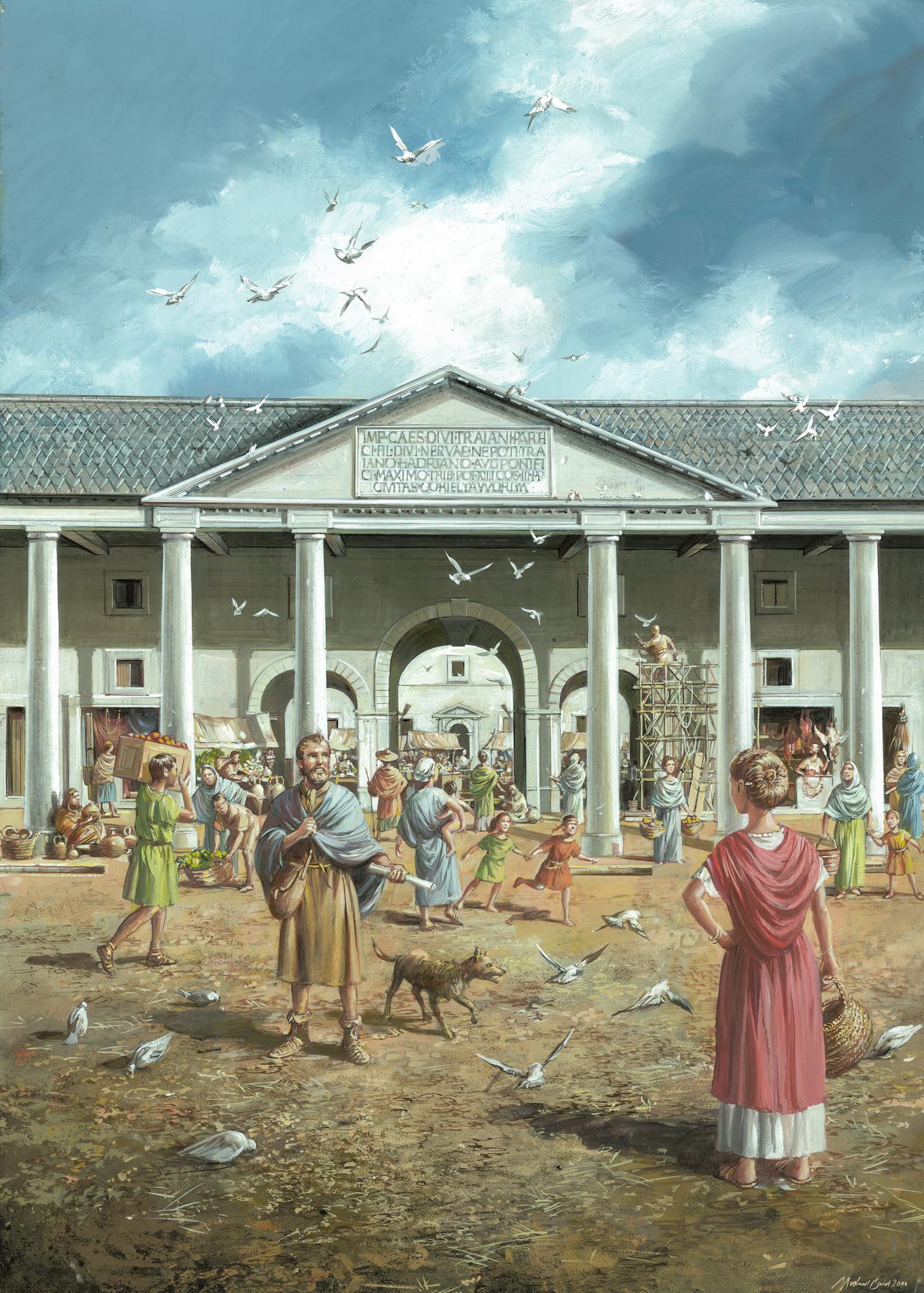
Mike Codd / University of Leicester Archaeological Services
The Romans in Leicester

